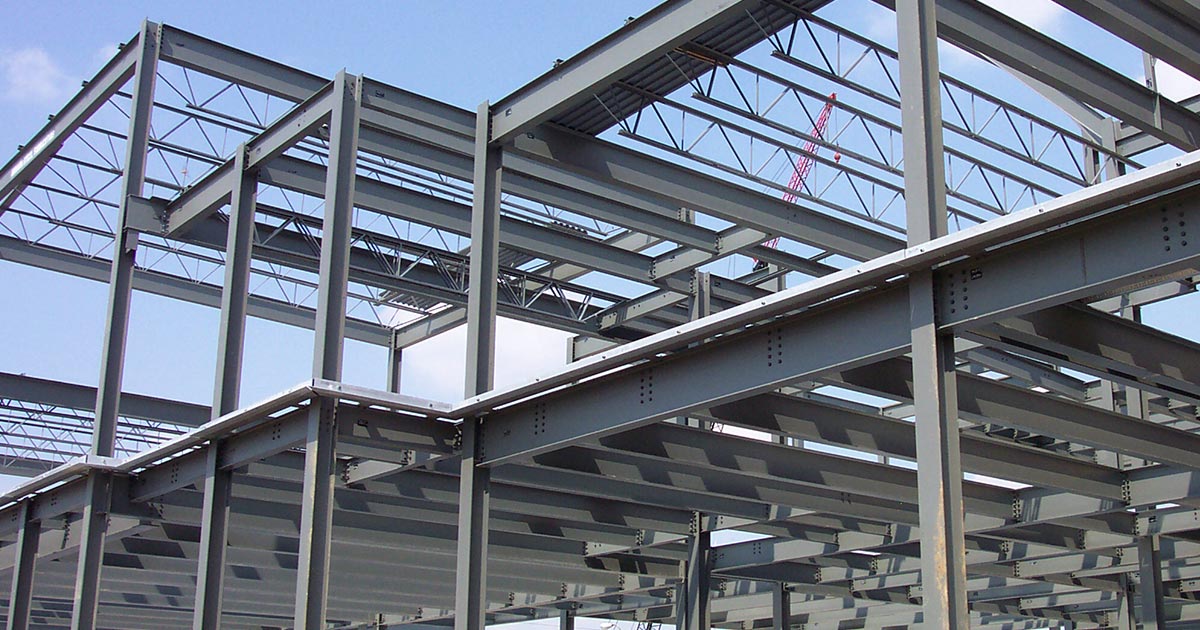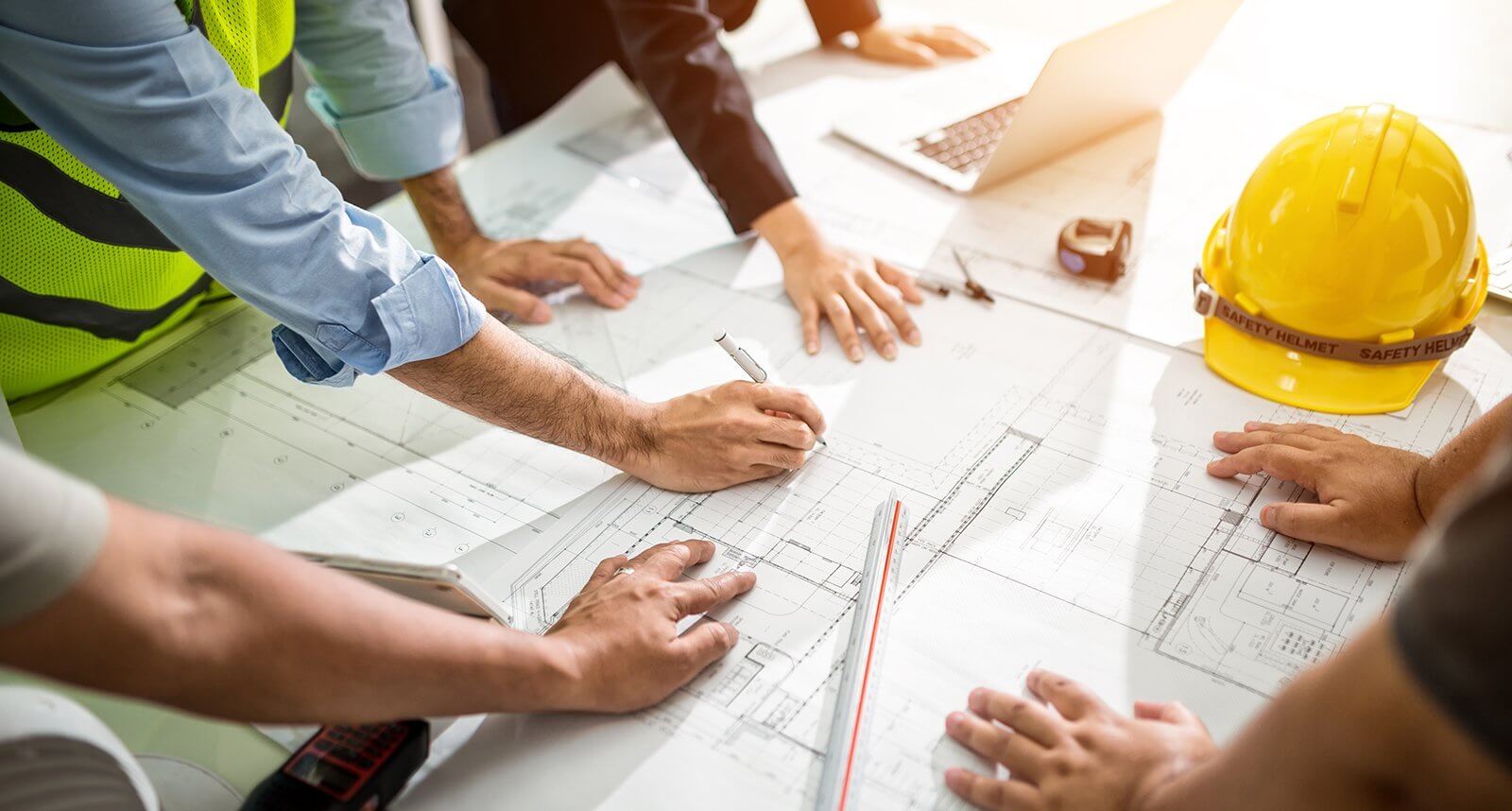by Jeffrey C Kadlowec, Architect
Abstract
There has been a surge in tall, slender buildings throughout urban centers due to population growth and increasing value of land. A variety of structural framing systems can be utilized that weigh construction cost versus lateral stiffness. Design consideration must be made for extreme conditions including high winds and seismic activity. Emerging technologies provide opportunities to reduce production times and overall costs while increasing project quality. Many of the lessons learned through manufacturing engineering and assembly automation are available to the construction industry and should be utilized in structural framing.
Keywords: structural framing, skeletal system, lateral forces, tall buildings, building information modeling

Structural Framing
Continued increases in land value within urban centers have given rise to taller and slender structures, both residential and commercial [Sonawane 2022]. The framing system used in these is typically dependent upon the building height and construction costs. Low-rise residential buildings are usually platform framed with wood or steel studs often atop a concrete parking area or commercial units. Mid-rise buildings are commonly constructed with steel skeletal frames. High-rises are more likely utilize a concrete superstructure due to compressive strength and fire resistivity.
The effects of dead and live loads on these structures increases relative to their height. Calculating gravity loads is a simple linear progression with each successive floor. Engineering buildings to withstand lateral loads becomes more complex due to exponential nature of cantilevered deflection. While considering the function and aesthetics, the structural engineer must design every structure with durability and enough strength to limit deformation [Sonawane 2022].
A variety of methods can be utilized to resist lateral forces. Shear walls are effective in stud framing and concrete structures, while diagonal bracing and moment connections are better suited for steel frames. A combination of these systems can be advantageous in controlling displacement and should be considered when addressing the inertia forces caused by their dead loads [Jose 2017].
Though wind loads cause continuous stresses on buildings and peak in extreme weather conditions, seismic loads are far more likely to cause catastrophic failures. Similar to the seismic zone maps of Section 1613 of the International Building Code (IBC) [IBC 2018], [Titiksh 2015] presents a figure dividing India into four zones from low risk through moderate, high and very high. Although minor earthquakes can be disruptive, moderate ones can cause structural damage. Major quakes like those recently experienced in Turkey can be absolutely devastating, resulting in partial or total building collapse. In much the way that a large portion of the building code is written to protect property while prioritizing egress and life safety in case of fire, adequate care should be taken in the design of structures to resist earthquakes.
The construction industry is currently experiencing unprecedented growth while simultaneously fraught by project delays, cost overruns and quality standard issues [Rashidi 2022]. The immergence, integration and utilization of building information modeling (BIM) provides opportunities to address these issues through a shared source, however this comes with its own set of unique problems. The technology used to create parametric multi-dimensional models began in the manufacturing industry decades ago. Benefits could be seen in the many ways—from design and engineering, to accuracy of documentation, through easy of redesign and future iterations. The downside is a steep learning curves inherent in these software programs and advance knowledge required to understand its functionality. Since most projects tend toward unique design criteria, there are limits to the application of these method.
One area that is very well suited for implementation of BIM is single and multi-family housing. The repetitive nature of these buildings along with the economy of scales gained through modular design and the growing need for affordable housing makes these projects ideal candidates for this technology. Panelized, prefabricated and preassembled are terms commonly used in off-site construction [Lu 2008]. As [Killingsworth 2020] concludes a detailed case study, general contractors should be encouraged towards the implementation of these methods, especially in the area of structural framing.
References
International Building Code (2018). Chapter 16, Structural Design. International Code Council. https://codes.iccsafe.org/content/IBC2018/chapter-16-structural-design.
Jose, S M; Rao, Asha & Ka, A. (2017). Comparative study on the effect of lateral stiffness on different structural framing systems subjected to lateral loads. International Journal of Civil Engineering and Technology. 8. 398-410.
Killingsworth, John; Hashem M. Mehany; Mohammed & Ladhari, Hana. (2020). General Contractors’ Experience Using Off-site Structural Framing Systems. Construction Innovation. 10.1108/CI-05-2019-0038.
Lu, N & Liska, R. (2008). Designers’ and General Contractors’ Perceptions of Offsite Construction Techniques in the United States Construction Industry”. International Journal of Construction Education and Research. Vol. 4 No. 3, pp. 177-188.
Rashidi, Ali; Yong, Wei; Maxwell, Duncan & Fang, Yihai. (2022). Construction Planning Through 4D BIM-based Virtual Reality for Light Steel Framing Building Projects. Smart and Sustainable Built Environment. 10.1108/SASBE-06-2022-0127.
Sonawane, Anuja & Ghode, Prof. (2022). Comparative Seismic Analysis of High Rise Buildings with Different Structural Framing. International Journal of Scientific Research in Science, Engineering and Technology. 357-362. 10.32628/IJSRSET229665.
Titiksh, Abhyuday & Gupta, Mohan. (2015). A Study of the Various Structural Framing Systems Subjected to Seismic Loads. 10.13140/RG.2.1.2167.1127.



